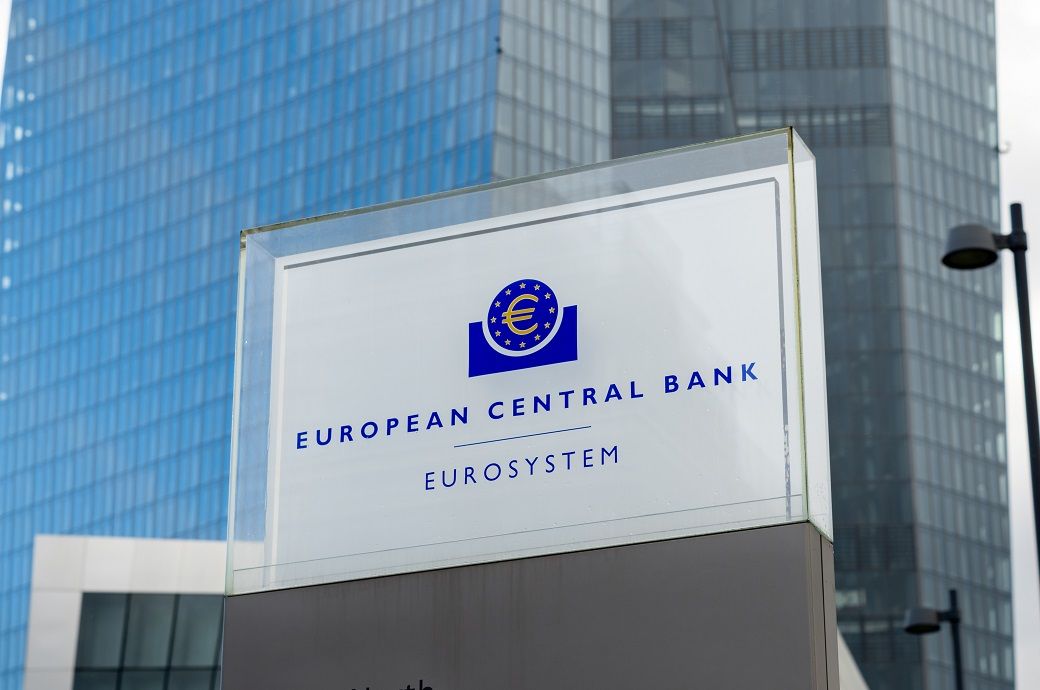Opinions expressed by Entrepreneur contributors are their own.
You’re reading Entrepreneur United States, an international franchise of Entrepreneur Media.
Decentralized Finance (DeFi) solutions have grown in popularity over the past few years, offering traders high rewards despite cryptocurrency market volatility and low yields in traditional markets. DeFi applications operate with functions similar to that of existing traditional financial services. However, DeFi applications are built on the blockchain to increase transparency and minimize intermediaries. As the DeFi space continues to evolve, traders continue to use DeFi as a hedge against volatility and alternative to traditional banking. In fact, nearly $100 billion is now locked in various DeFi protocols.
The continued volatility and unpredictability of the cryptocurrency market has done little to deter behemoths like Tesla and Square from betting big on blockchain projects — and those bets have paid off. Over the past 12 months alone, the total cryptocurrency market capitalization ballooned from $360 billion to $2 trillion. This aggressive growth culminated with the cryptocurrency market capitalization topping $2.43 trillion a mere three months ago, only to take a steep 33% haircut soon after. This translated into more than $820 million eliminated from the cryptocurrency market over a 12-day span.
Volatility is part of the game, and traders need various strategies to manage their risk. Here are five ways DeFi is insulating traders from all experience levels from stormy markets.
Related: What’s Holding DeFi Back (and How to Fix It)
1. (Smart Contract) Automation
Until now, it has been incredibly difficult for traders to provide liquidity without suffering losses as they have to constantly rebalance positions manually to earn profits and manage their risk.
To resolve this issue, some DeFi protocols are now adopting smart contract automation to help users mitigate losses during a downtrend and replenishing holdings during an uptrend. Through applications powered by Web 3.0 middleware platforms, traders can avoid suffering significant losses and optimize their portfolio by automatically rebalancing their positions around new prices, setting limit orders or automatically executing trades.
2. Diversified exposure
Safety, security and reliability are non-negotiable. This lack of security has slowed user adoption of DeFi. As a result, blockchain financial products have been working to develop offerings that provide guided exposure to the DeFi sector.
The DeFi Pulse Index (DPI), for example, enables to build a portfolio of DeFi tokens without the need to monitor multiple DEXs or buy or sell across exchanges. Applications like the DPI offer a path into the industry without the fear of significant losses.
3. New borrowing and lending terms
Borrowing and lending have been the bread and butter for the DeFi space over the past year. Lending markets provide an alternative option to earn passive income. Conversely, borrowers can receive stablecoin loans with incredibly low interest rates.
However, these lending protocols usually require users to over-collateralize their loans upwards of 150% in order to secure the stablecoin loan. This opens users to a risk of liquidation should the value of their collateral decrease. Smart contract automation platforms can allow users to automatically replenish collateral as the value decreases to avoid liquidation. On the flip side, users can rebalance their collateral as the value of the collateralized asset increases.
One DeFi lending protocol, for example, has built a credit risk protocol for users to borrow under-collateralized loans. Now, borrowers can request cryptocurrency loans through their credit score instead of putting up collateral.
As DeFi continues to develop, innovative lending options will remain a main cornerstone for the decentralized economy.
Related: 5 Reasons to Get Started With DeFi
4. Protected investments
As a result of unpredictable markets, hedge contracts have grown substantially in popularity with platforms like Whiteheart. Hedge contracts work to help DeFi traders protect the value of their holdings and offer an alternative to smart contract automators.
Despite this fact, hedge contracts are limited in function and merely ensure that traders risking asset liquidation because negative price action will have the option to cash out and receive the USD difference between the buy price and current price. While innovative, hedge contracts are not geared towards making protocols as feature rich as smart contract automators can.
5. All-in-one interfaces
Over the past year, few resources have become more popular than DeFi aggregators. DeFi aggregators compile and display prices across decentralized exchanges (DEXs) and implement various buying and selling strategies to help traders maximize profits while mitigating high gas fees and DEX trading commissions.
While these platforms were intended to simply display price comparisons across DEXs, they continue to evolve to meet the maturing needs of crypto traders. They have now developed into one-stop shops for trading, saving, liquidity mining and yield farming from a single dashboard.
Yield farming would be incredibly difficult without the advent of DeFi aggregators, as the yield farmer would need to toggle multiple lending pools and DEXs to manually compare rates, search available token options and migrate funds. Despite the volatility of the decentralized economy, upgraded offerings with DeFi aggregators make navigating the space that much easier.
Other popular front-end DeFi aggregators have leveraged smart contract automation to further simplify the trading process for users. Aggregators powered by automated networks can allow users to automatically manage positions to maximize their returns with minimal effort.
To help optimize the trading experience for users, DeFi platforms continue to innovate and deploy new applications, platforms and interfaces to make DeFi investing easier and safer for new market adopters.


:max_bytes(150000):strip_icc()/Health-GettyImages-1390356602-fb17810af630404bb794a952473f0d90.jpg)

